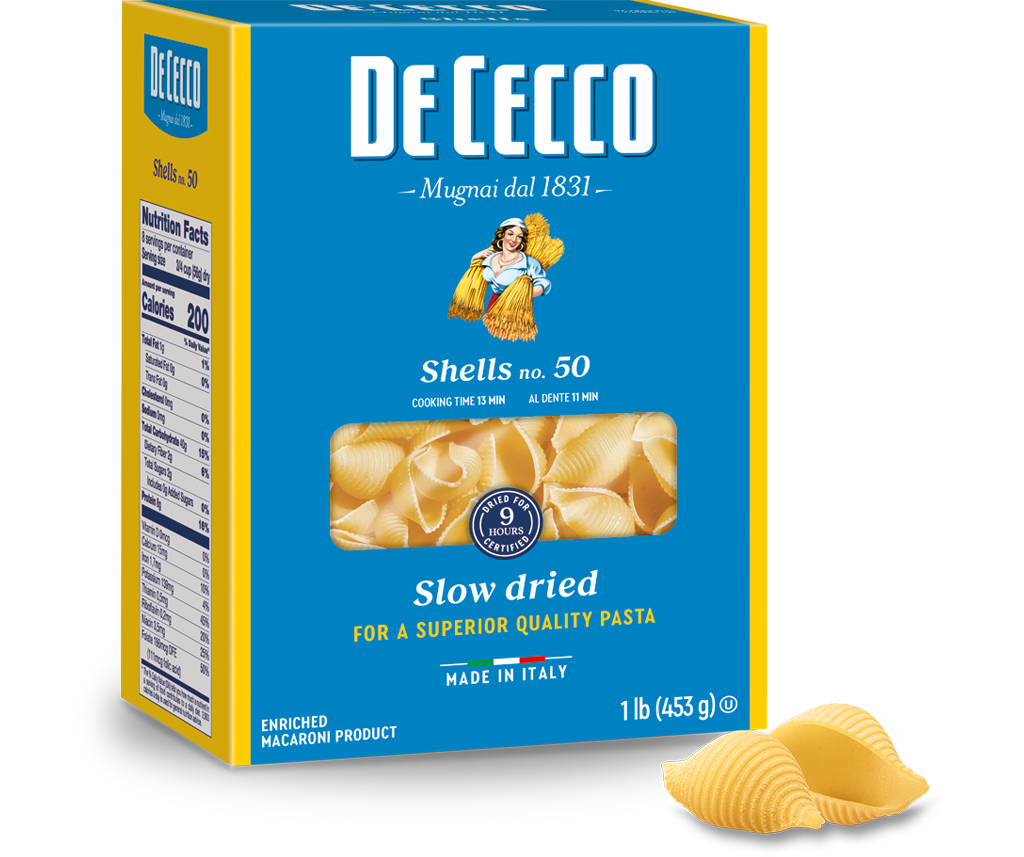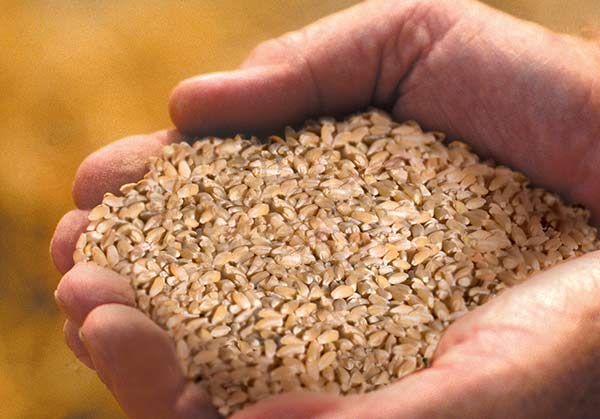Shells no. 50
Shells, which originate from the Campania region, are now very popular all over Italy.
The name comes from the shape which resembles a seashell and is one of the most popular pasta shapes because it can capture any kind of sauce.
This pasta is especially good in oven-baked recipes, with fish or meat sauces, as well as being excellent when accompanied by light tomato sauces, with ricotta or pesto alla genovese.
Available in 1 lb pack.
- Cooking time: 13 min - Al dente: 11 min

play
Our method
Attention, care, experience and quality during every phase: from our mill to your table.
You may also be interested in
Thin Spaghetti no. 11
Thin Spaghetti are a smaller, delicious variation of the classic Spaghetti and this type of pasta comes from the south of Italy, from Naples in particular.
Hot or cold sauces based on fresh tomatoes, vegetables or aromatic herbs are the best way to enjoy this type of pasta.
It is also very good with sauces that are quick to prepare with extra virgin olive oil and a dash of garlic, red pepper and anchovies.
Thin Spaghetti are also excellent served with shellfish and seafood sauces.
Available in 16.0 oz and 5 lb pack.
Find out more





